-
About
- About Listly
- Community & Support
- Howto
- Chrome Extension
- Bookmarklet
- WordPress Plugin
- Listly Premium
- Privacy
- Terms
- DMCA Copyright
- © 2010-2024 Boomy Labs
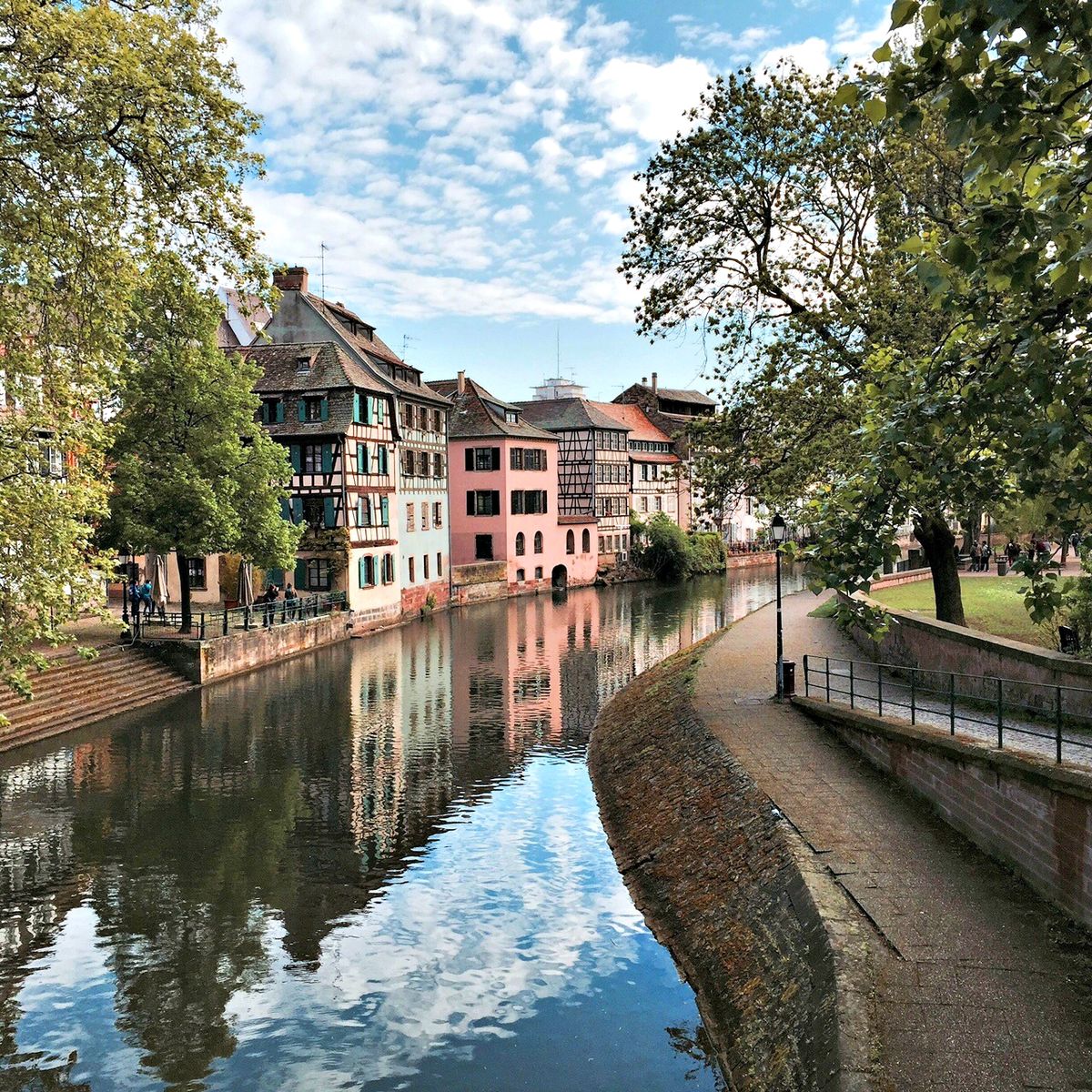

 Colleen Lanin
Colleen Lanin
Listly by Colleen Lanin
Ever since I lived in France for a year during college I have wanted to move back to this alluring country. But for years I’ve wondered where in France I would make my nest. Now I know. I fell head over pieds for Strasbourg, France during a Viking River Cruise this past spring and I wish I could pack my bags to move to this city tomorrow. Here are five reasons why you too will fall in love with this charming French town with a German accent.
1. The beauty of Strasbourg
is a country that focuses on beauty in
Source: http://travelmamas.com/strasbourg-france/
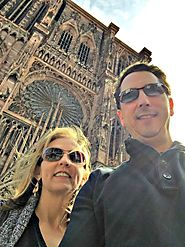
is a country that focuses on beauty in its language, food, fashion, art and architecture. It is really something, then, that Strasbourg stands out for its beauty. It’s like dancing with Cinderella at a ball attended by super models. From the town’s medieval half-timbered houses to its scenic canals and soaring Cathedrale de Notre Dame, Strasbourg will charm even the most stoic traveler.Standing in front of Cathédrale de Notre Dame of Strasbourg, the highest medieval building in Europe (Photo credit: Colleen Lanin)The city’s Gothic cathedral is the highest medieval building in Europe. It is home to an impressive astronomical clock, built in 1842 and featuring a depiction of the beginning of life until man’s death. Climb to the top of the cathedral for a gorgeous view of the Alsatian countryside.Les Ponts Couverts, bridges that span the River Ill and provide entrance to Strasbourg’s Petite France (Photo credit: Colleen Lanin)
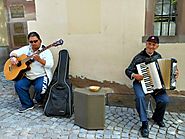
Strasbourg is situated along the Rhine River in France, across from Kehl, Germany. An appealing blend of German and French influences can be found in the city’s cuisine, culture and appearance. It’s not just geography that links these two countries, though. In the late 17th century, Strasbourg seceded from the Roman Empire and declared itself part of France. The city was seized 100 years later and became part of the German Empire. In 1918, Strasbourg was reborn as French. Then the city was taken by Hitler in 1940 and again was declared part of Germany. Four years later, the city was liberated by the Allied Forces, making Strasbourg French. With each conquest, Strasbourg’s citizens were forced to speak only French or German (or Alsatian, a German dialect) by those in power, creating today’s bilingual and multicultural city. Thankfully, the two countries reside happily side-by-side today. There’s no need to even show passports when crossing the border.Friendly street performers playing music in Strasbourg, France (Photo credit: Colleen Lanin)
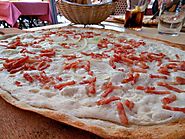
Only Île-de-France and its capital city Paris boast more starred restaurants than the Alsace region in France. Alsatian cuisine combines traditional German food with French flair. Alsace’s capital, Strasbourg, is home to brasseries, bakeries, and breweries, as well as fancy restaurants offering prix-fixe fare. In addition to delicious German-style beers, you can sip the region’s renowned Riesling wines with your meals.Tarte flambée is the incredibly crave-worthy Alsatian equivalent of pizza, served on a thin, crispy rectangular crust and topped with crème fraîche, white cheese, thinly sliced onions and lardons (a French-style bacon of sorts). If visiting in spring, you must order a plate of Alsace’s famous white asparagus, traditionally eaten with ham and fresh-made mayonnaise. I did not try ham knuckle with potato salad and horseradish, but fellow Viking cruisers raved about this delicacy. Pop into a local bakery to purchase another local specialty, kugelhopf, an Alsatian brioche cooked in the shape of a crown and typically flavored with raisins and almonds.Kugelhopfs, Alsatian brioches cooked in the shape of crowns and flavored with raisins and almonds (Photo credit: Colleen Lanin)
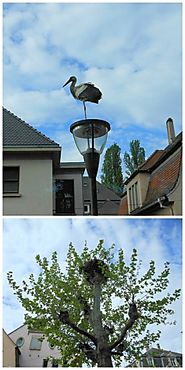
It isn’t every day that you see a stork’s nest, much less several such nests one after the other, all housing a mama or daddy stork guarding their eggs…unless you are in Strasbourg, of course. Storks are the symbol of Alsace and are said to bring good luck and fertility. (Hence, the fable of storks delivering babies.) Drive through Strasbourg’s affluent neighborhood near Parc de l’Orangerie to be treated to the site of plentiful storks, nesting in trees, chimneys and rooftops. I felt lucky indeed to see so many of these large birds up-close. I only wish my husband and I had more than just one day in Strasbourg so we could have walked through the flower-filled park’s grassy promenades, visit its tiny zoo and rent a boat to row across its lake. (The park is about a 30-minute walk from Strasbourg’s Old Town.)A stork and a stork’s nest near Parc de l’Orangerie in Strasbourg (Photo credit: Colleen Lanin)
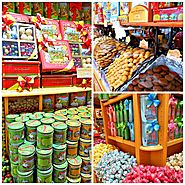
Strasbourg is big enough to have lots of shops and restaurants to explore, while being small enough to maintain a welcoming village vibe. Be sure to pick up some mementos of your time in this unique Alsatian city. Strasbourg overflows with shops peddling cheeses, stork-shaped souvenirs of all sorts, Alsatian textiles and cookware, and French fashions. My favorite store, though, was the famous French sweets boutique, La Cure Gourmande. Their beautiful gift boxes and tins filled with cookies, chocolates and candies make a sweet souvenir of your time in France, or a lovely hostess gift for friends at home.Ever since my visit to this friendly, picturesque city I can’t stop daydreaming about someday living in Strasbourg. Can you blame me?Have you ever become smitten with a destination and wished you could move there? Where? Let us know in the comments below!A Note from The Travel Mama: Our cruise was hosted by Viking River Cruises. All opinions are mine, as always.
